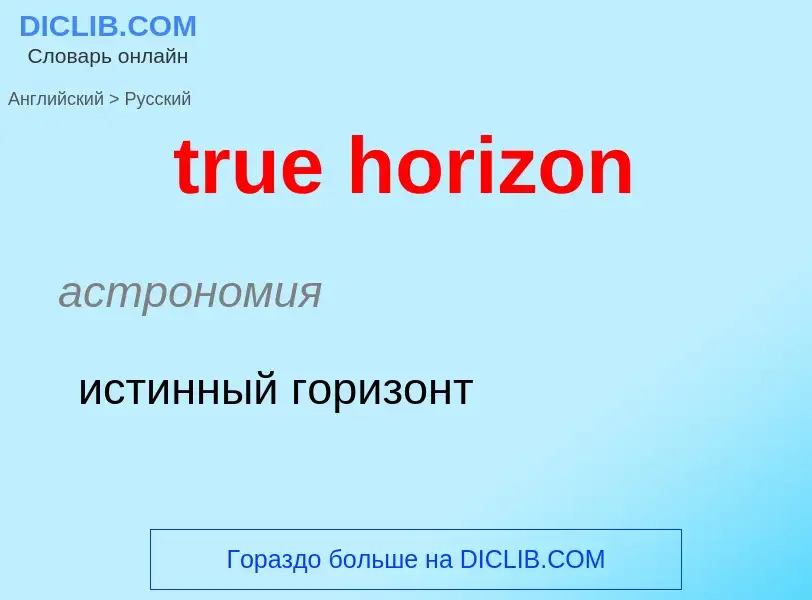Translation and analysis of words by ChatGPT artificial intelligence
On this page you can get a detailed analysis of a word or phrase, produced by the best artificial intelligence technology to date:
- how the word is used
- frequency of use
- it is used more often in oral or written speech
- word translation options
- usage examples (several phrases with translation)
- etymology
true horizon - translation to russian
астрономия
истинный горизонт
Wikipedia
A soil horizon is a layer parallel to the soil surface whose physical, chemical and biological characteristics differ from the layers above and beneath. Horizons are defined in many cases by obvious physical features, mainly colour and texture. These may be described both in absolute terms (particle size distribution for texture, for instance) and in terms relative to the surrounding material, i.e. 'coarser' or 'sandier' than the horizons above and below.
The identified horizons are indicated with symbols, which are mostly used in a hierarchical way. Master horizons (main horizons) are indicated by capital letters. Suffixes, in form of lowercase letters and figures, further differentiate the master horizons. There are many different systems of horizon symbols in the world. No one system is more correct—as artificial constructs, their utility lies in their ability to accurately describe local conditions in a consistent manner. Due to the different definitions of the horizon symbols, the systems cannot be mixed.
In most soil classification systems, horizons are used to define soil types. The German system uses entire horizon sequences for definition. Other systems pick out certain horizons, the "diagnostic horizons", for the definition; examples are the World Reference Base for Soil Resources (WRB), the USDA soil taxonomy and the Australian Soil Classification. Diagnostic horizons are usually indicated with names, e.g. the "cambic horizon" or the "spodic horizon". The WRB lists 40 diagnostic horizons. In addition to these diagnostic horizons, some other soil characteristics may be needed to define a soil type. Some soils do not have a clear development of horizons.
A soil horizon is a result of soil-forming processes (pedogenesis). Layers that have not undergone such processes may be simply called "layers".


![Soil with broken rock fragments overlying bedrock, Sandside Bay, [[Caithness]] Soil with broken rock fragments overlying bedrock, Sandside Bay, [[Caithness]]](https://commons.wikimedia.org/wiki/Special:FilePath/Rockhead1.jpg.JPG?width=200)


